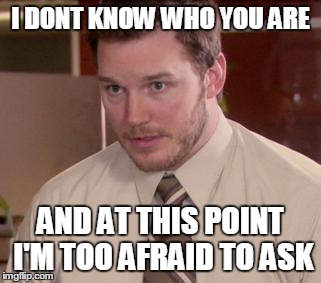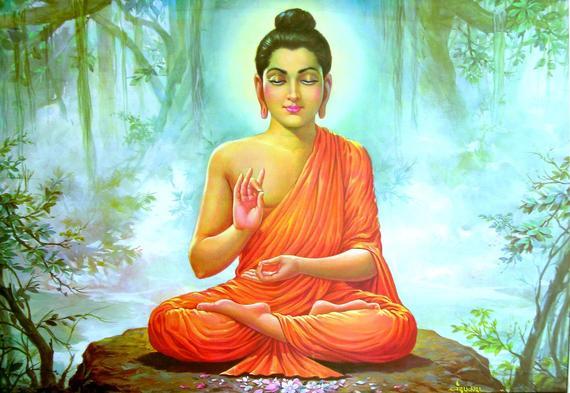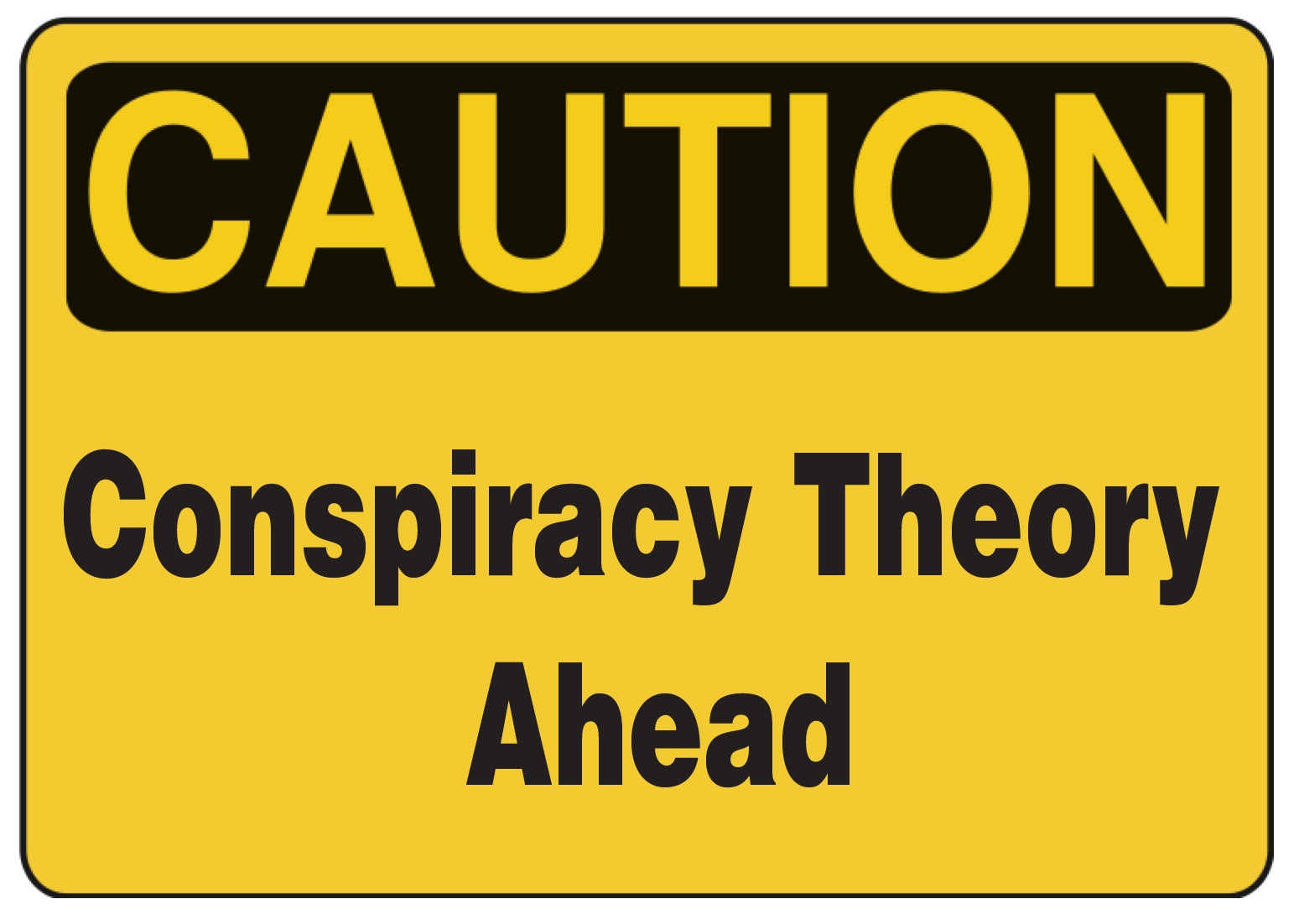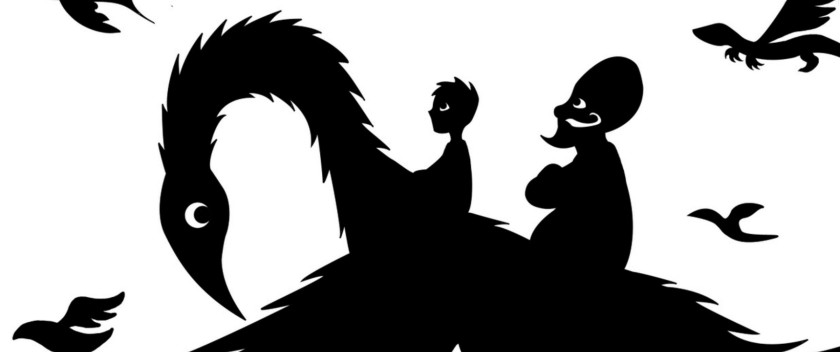True Story: I was sitting on my brown couch in my sunroom. My dog Stella was curled up beside me, and I was reading this book for my english class. You may know it, it’s called To Kill A Mockingbird by Harper Lee. Anyways, I was sitting there reading out loud to myself (and to my dog Stella of course), practicing my southern accent, and changing my voice for each character, when my mom walked into the room. She asked me what part I was at, and I told her. Then she proceeded to tell me that To Kill A Mockingbird was one of her favorite books and that she has read it multiple times. Before I knew it, she was in tears. For some reason, the book to her was so much more than just the words on the page, and by the time I finish it, I hope to understand why.
When I first learned that I was going to be reading To Kill A Mockingbird I will admit that I wasn’t that excited. I was quick to jump to the conclusion that it was going to be similar to Metamorphosis with no real plot or anything interesting about it at all. I judged a book by its cover, literally.
After the first chapter I was tempted to put the book down and walk away. It left me confused, and to be honest, I thought that it was going to be about forcing somebody out of the closet. I mean the line on the first page literally says, “He said it began the summer Dill came to us, when Dill first gave us the idea of making Boo Radley come out.” Now if you read that sentence and had absolutely no prior knowledge about the book, wouldn’t you think the same thing? Luckily, I was able to push through the first chapter, learn that the book was not about outing someone, and actually enjoy a book I was assigned to read for once.
I consider myself to be a very picky reader, but I enjoy reading To Kill A Mockingbird, in fact… I get into it. I like to read books out loud to myself, because I feel as though I get more out of it that way (plus it helps to develop my cold reading skills #actorslife). I have a different voice for each character, and over the chapters I feel as though I have developed a fairly strong southern accent.
One of the central themes of the book is our inability as humans to truly see and understand the lives of others. One of Atticus’s lines is, “you never really understand a person until you consider things from his point of view… until you climb into his skin and walk around in it.” This line resonated with me because of how much sense it makes. We cannot look in on someone’s life and believe that we u nderstand them fully until we ourselves experience what their life is actually like. One thing that my acting coach always tells her students is that we must never judge our characters based on our own morals or values, because the second we do, we no longer understand them. When we judge somebody else from our own moral standpoint, we are no longer truly seeing the person for who they are, but rather we are seeing them as our own judgement.
nderstand them fully until we ourselves experience what their life is actually like. One thing that my acting coach always tells her students is that we must never judge our characters based on our own morals or values, because the second we do, we no longer understand them. When we judge somebody else from our own moral standpoint, we are no longer truly seeing the person for who they are, but rather we are seeing them as our own judgement.
Scout, Jem, and Dill, along with many other members of the town have made judgements about Boo Radley. Having never met him, these judgments are solely based off of stories and rumors they have heard from others. Boo Radley is living a “secret life,” and people don’t tend to mix well with secrets. Instead of living with a bit of wonder, they fill the gap of information by making up stories, which they talk and think about for so long, they convince themselves to be true.
One question that was posed in my class was, “do we truly know the people around us?” My answer to this question before I started reading To Kill A Mockingbird would have been yes, we do. To some extent at least. Of course we know some people better than others, but we generally know everyone we surround ourselves with on a daily basis. Now, after reading the first nine chapters and further discussing this question in small groups, my answer has changed. If you were to ask me the question again, my answer would be no, we don’t truly know the people around us. In fact, I don’t think we can truly know and understand even just one person completely. I was thinking about the possibility that I don’t even fully understand my own sisters. My sisters and I are extremely close, but there are still things about them that I don’t understand. My sisters and I live very different lives and have very different personalities, and some things about them I will never understand. Some choices they make will leave me wondering why. I question their actions sometimes too, but that’s because I’m not them! I don’t understand what goes on in their brain that leads them to a certain response. I base my life and decisions of off my own moral standards and opinions, and they do the same. I may never understand why they chose to do something differently than me, and that’s okay. And you know what? When I’m not with my sisters, I only know as much about what else happens in their life as they choose to tell me.
Now obviously I am much much closer to truly understanding my sisters than Scout, Jem, and Dill are to understanding Boo Radley, but I was just giving an example that we might not even completely know and understand even the people closest to us.



Scout is a character of interest to me. She is the narrator of the story, and the whole book is her reflecting upon this specific point in her life. Throughout the first nine chapters, Scout is a young girl just starting school, and she is still filled with innocence. She’s a tomboy, which I find helps to make her more appealing to both boys and girls. Although she is little, she is mighty. She is not afraid to voice what she has to say, even if it will get her into trouble, and is exceptionally smart compared to others in her class.
One of the main conflicts Scout faces is with her brother Jem. In the beginning of the novel, Jem and Scout are extremely close, but throughout the chapters the reader can feel them distancing. It starts by Jem simply telling her that she is becoming more like a girl each day, and then when they are on their way to school Jem tells her not to talk to him, and finally Dill and Jem start to exclude her from certain games. Scout also struggles with fitting in with Jem and Dill, because she is uneasy and hesitant when it comes to Boo Radley. When the boys want to try and communicate with him, or see him, she is often afraid, although she feels she has to follow what Jem and Dill do, because she does not want to be left out.
“Jem said placidly, “We are going to give a note to Boo Radley.” “Just how?” I was trying to fight down the automatic terror rising in me.”
Throughout the first nine chapters Scout is forced to face some of her fears because of her want to fit in with Jem and Dill.
After a group discussion, I was left questioning Boo Radley, and what kind of person he actually is. Was he the one leaving the items in the hole in the tree? What was the significance behind those items? Did he really give Scout the blanket, and if so, why?
At this point Boo Radley’s life is as much of a secret to the reader as it is to Scout, and I hope we start learning more about him soon. Is he really the person the people in town make him out to be?



)



 nderstand them fully until we ourselves experience what their life is actually like. One thing that my acting coach always tells her students is that we must never judge our characters based on our own morals or values, because the second we do, we no longer understand them. When we judge somebody else from our own moral standpoint, we are no longer truly seeing the person for who they are, but rather we are seeing them as our own judgement.
nderstand them fully until we ourselves experience what their life is actually like. One thing that my acting coach always tells her students is that we must never judge our characters based on our own morals or values, because the second we do, we no longer understand them. When we judge somebody else from our own moral standpoint, we are no longer truly seeing the person for who they are, but rather we are seeing them as our own judgement.









 Dharma Wheel : each peg represents a pillar of the Noble Eightfold Path
Dharma Wheel : each peg represents a pillar of the Noble Eightfold Path










